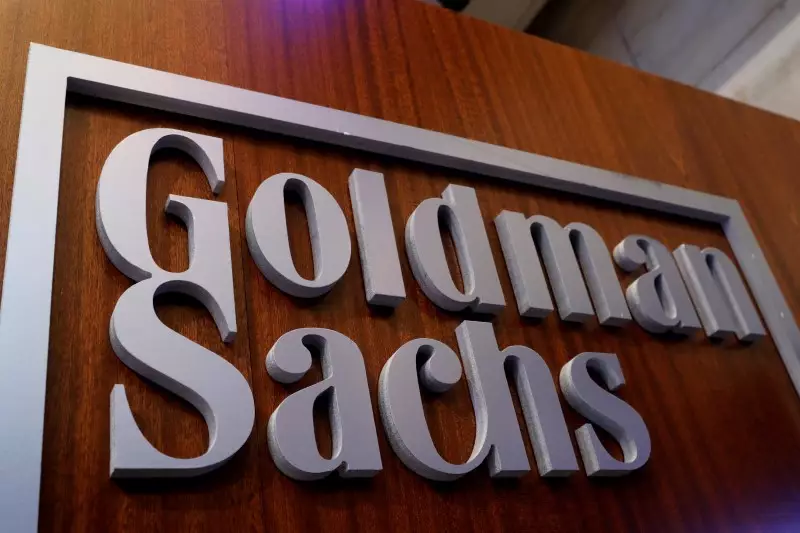In recent reports, analysts from prominent financial institutions like Goldman Sachs suggest that the S&P 500 may continue on its upward trajectory into 2025, driven by a wave of optimism regarding economic recovery and perceived regulatory looseness under former President Donald Trump. This bullish sentiment reflects a considerable shift among investors, who are increasingly captivated by the potential for significant growth in the equity market. As the bullish narrative gains traction, questions around sustainability and potential pitfalls deserve scrutiny.
The concept of “animal spirits,” a term popularized by economist John Maynard Keynes, refers to the emotional and psychological factors that influence investor behavior. Goldman Sachs is observing intensified investor confidence, largely attributed to positive data reflecting small business sentiment. Such optimism has encouraged a noticeable shift from defensive to cyclical stocks, underscoring a strategic pivot. Recent performance trends in technology and consumer discretionary sectors serve as testimonials to this growing confidence, which is rapidly being built into current market valuations.
With the S&P 500 projected to reach 6,500 points by the end of 2025, Goldman Sachs analysts acknowledge that investor positioning has stepped into a more aggressive phase. The enthusiasm surrounding equity investment has catalyzed a surge in confidence, leading market participants to favor cyclical stocks over defensive allocations. The disparity between the performances of these stock categories signals strong expectations for future economic growth, effectively pricing in real GDP growth expectations over 3%. However, the downside risk remains significant, as many equities may be trading at elevated valuations that could mirror the inflated environment seen during the late 1990s tech bubble.
Interestingly, the current conditions of the equity market also include low implied volatility, making options and futures trading an attractive proposition for many investors. The relatively low cost of engaging in high-risk, high-reward strategies has encouraged participants to pursue maximized upside exposure while maintaining downside protection. Such strategic positioning, while potentially lucrative, also increases exposure to significant corrections should the market fail to live up to its bullish projections.
Beyond investor sentiment, much attention is being directed toward potential changes in the regulatory landscape due to the Trump administration’s policies. Appointments like Andrew Ferguson as Chair of the Federal Trade Commission are expected to pave the way for increased merger and acquisition activity, backed by a more relaxed regulatory focus. However, rising inflation could become a pressing concern, especially with Trump’s protectionist policies threatening to create friction in trade relations and potentially inflate consumer prices.
While the outlook for the S&P 500 appears promising amid an optimistic investment climate, it is crucial for investors to navigate this landscape with caution. The interplay between positive sentiment and looming risks underscores the complexities inherent in the current economic outlook. Investors and analysts alike should remain vigilant as the future unfolds, balancing optimism with a comprehensive understanding of potential headwinds.

